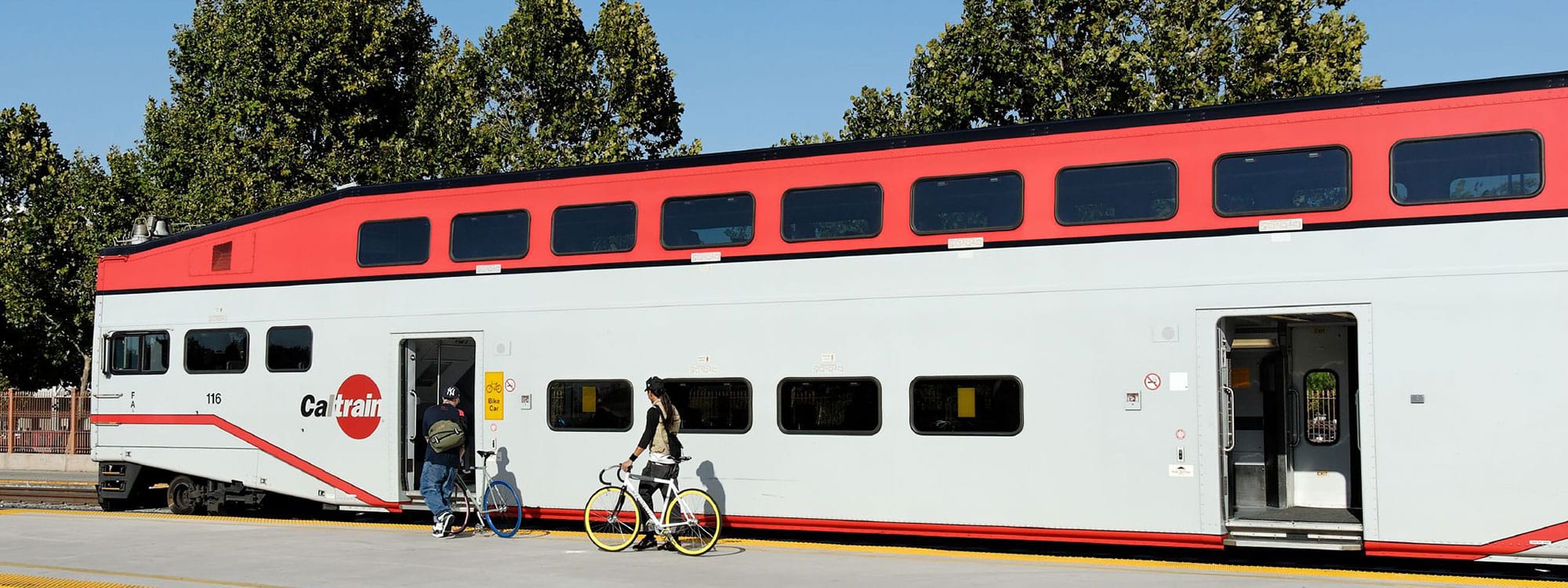On Thursday, February 6, 2020, the Caltrain Board of Directors unanimously approved a highly anticipated policy requiring at least 30% of homes built on Caltrain land—not used for railroad operations or improvements—to be affordable. It also mandates that housing developments must be built at a minimum density level of 4 stories at 50 units per acre. This win is a culmination of more than 3 years of work from Greenbelt Alliance and our partners.
As we face a global climate emergency and the Bay Area’s housing crisis, it is increasingly important that our region grows in the right places to reduce emissions and build for resilience. Building more affordable homes with easy access to transit is a logical step to help the Bay Area achieve its climate goals. Building within our cities, near transit, protects our natural and working lands from sprawl development—maintaining the natural infrastructure around our cities that keep our communities safe from the effects of fires, floods, and drought.
With the opportunity to increase access to affordable housing near its transit services to residents across the income spectrum, Caltrain is providing a solution to the Bay Area’s extreme housing crisis. Studies have shown that those who live in affordable homes are more likely to ride public transit. So in addition to the greenhouse gas reduction and affordable housing benefits that this type of development contains, it is also a smart business decision for Caltrain—designing to expand its customer base, with the density to accommodate more residents and make efficient use of land that can be developed. It also supports Caltrain’s ongoing equity study that will assess opportunities to diversify its ridership.
We thank the Caltrain Board of Directors for their leadership and look forward to continuing our support of this policy’s success—creating a resilient Bay Area with more equitable housing and transit solutions.
Contact Kiyomi Honday Yamamoto, South Bay Advocacy Manager for questions about Caltrain’s new policy.
Photo: Jim Maurer via Flickr




